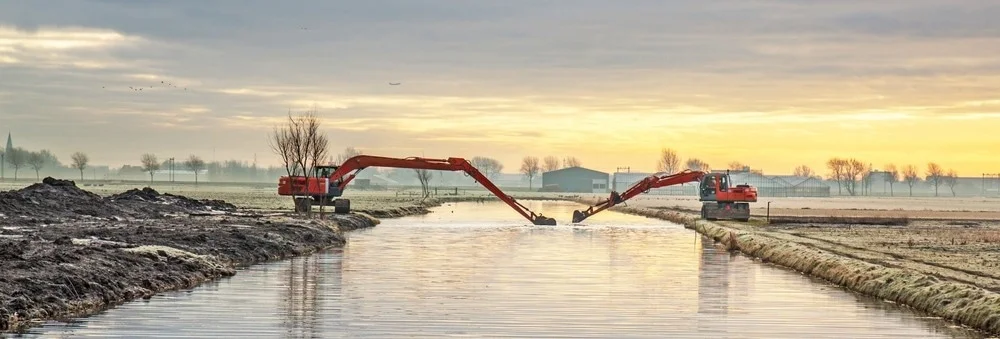Dredging operations play a crucial role in maintaining waterways, ports, and harbors, ensuring safe navigation for ships and supporting economic activities. However, these activities can also pose significant environmental challenges if not managed carefully. In this educational guide, we explore strategies and principles aimed at minimizing the environmental impact of dredging operations.
- Understanding Environmental Concerns:
Dredging can disturb sediment, release pollutants, disrupt marine habitats, and alter water flow patterns. It’s essential to recognize these potential impacts to develop effective mitigation strategies. - Innovative Approaches to Sediment Management:
Employing innovative techniques such as sediment curtains, silt fences, and containment measures can help prevent the spread of sediment and pollutants during dredging activities. These methods minimize disturbance to surrounding ecosystems and water quality. - Sustainable Dredging Techniques:
Utilizing sustainable dredging technologies, such as suction dredges and hydrographic surveys, allows for precise targeting of areas needing dredging while minimizing unnecessary disruption to marine life and habitats. - Importance of Environmental Monitoring:
Regular monitoring of water quality, sediment composition, and marine life populations is essential throughout dredging operations. Real-time monitoring helps assess environmental impacts and enables timely corrective actions to be taken. - Promoting Habitat Restoration:
Implementing habitat restoration measures post-dredging can mitigate environmental damage and support ecosystem recovery. Initiatives like reseeding native vegetation, creating artificial reefs, and restoring natural water flow patterns contribute to long-term environmental sustainability. - Regulatory Compliance and Stakeholder Engagement:
Strict adherence to environmental regulations and permits is vital to ensure dredging operations are conducted responsibly. Engaging with stakeholders, including local communities, environmental groups, and government agencies, fosters collaboration and support for environmentally responsible practices. - Research and Innovation for Sustainability:
Continued research and innovation in dredging technologies and environmental monitoring methods are crucial for advancing sustainability in dredging operations. Investing in research and development helps discover new approaches and technologies that minimize environmental impact while meeting infrastructure needs.
By incorporating these strategies and principles into dredging activities, we can achieve a balance between economic development and environmental conservation. Through education, awareness, and collaboration, we can work towards sustainable dredging practices that safeguard our precious marine ecosystems for future generations.
